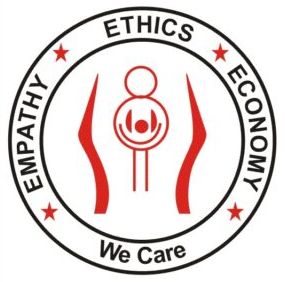Childhood is a time of rapid growth and exploration, but it can also be a phase where children frequently fall ill due to their developing immune systems. While many minor ailments resolve with rest and care, some require immediate medical attention. Here’s an overview of common childhood illnesses and guidance on when to consult a pediatrician.
1. The Common Cold
Symptoms: Runny nose, cough, mild fever, sore throat, and fatigue.
What to Do: Ensure your child stays hydrated and gets adequate rest. Use a saline nasal spray for congestion and consult a pediatrician for over-the-counter medications.
When to See a Doctor: If symptoms persist for more than 10 days, your child has a high fever, or there is difficulty breathing.
2. Ear Infections
Symptoms: Ear pain, fussiness, difficulty sleeping, and sometimes fever.
What to Do: Use a warm compress to ease discomfort and keep your child hydrated.
When to See a Doctor: If the pain is severe, accompanied by a high fever, or the child has recurrent infections.
3. Diarrhea and Vomiting
Symptoms: Frequent loose stools, nausea, and vomiting.
What to Do: Maintain hydration with oral rehydration solutions. Avoid dairy products and high-fat foods until symptoms subside.
When to See a Doctor: If there is blood in the stool, signs of dehydration (dry mouth, no urination for over 8 hours), or persistent vomiting.
4. Fever
Symptoms: A temperature above 100.4°F (38°C).
What to Do: Use a thermometer to monitor the fever and provide fever-reducing medication as prescribed by your pediatrician. Keep your child cool and hydrated.
When to See a Doctor: For infants under 3 months, any fever warrants immediate attention. For older children, if the fever lasts more than 3 days or is above 104°F (40°C), seek medical help.
5. Skin Rashes
Symptoms: Red spots, itchy patches, or raised bumps on the skin.
What to Do: Identify triggers such as allergens or new skincare products. Use mild soap and moisturizer.
When to See a Doctor: If the rash spreads rapidly, is accompanied by fever, or shows signs of infection (swelling, pus).
6. Hand, Foot, and Mouth Disease (HFMD)
Symptoms: Fever, mouth sores, and rashes on hands and feet.
What to Do: Ensure proper hygiene, offer soothing fluids, and consult a pediatrician for pain relief options.
When to See a Doctor: If your child is unable to eat or drink due to mouth sores or has a high fever lasting more than 3 days.
7. Respiratory Infections (Including Pneumonia and Bronchitis)
Symptoms: Persistent cough, wheezing, chest pain, and difficulty breathing.
What to Do: Keep your child hydrated, avoid exposure to allergens, and monitor their breathing.
When to See a Doctor: Seek immediate attention for labored breathing, bluish lips, or high fever.
8. Stomach Ache
Symptoms: Pain in the abdominal area, nausea, or bloating.
What to Do: Encourage rest and light meals. Monitor for patterns or triggers.
When to See a Doctor: If the pain is severe, localized to one area, or accompanied by fever, vomiting, or blood in stool.
9. Chickenpox
Symptoms: Itchy red spots, fever, and fatigue.
What to Do: Keep your child at home to prevent spreading the virus. Use calamine lotion and antihistamines for itch relief.
When to See a Doctor: If spots become infected, your child experiences breathing difficulties, or symptoms worsen.
10. Allergies and Asthma
Symptoms: Sneezing, itchy eyes, skin rashes, wheezing, or difficulty breathing.
What to Do: Identify and avoid allergens. Use prescribed medications and inhalers as needed.
When to See a Doctor: If your child has a severe allergic reaction (anaphylaxis) or persistent breathing difficulties, seek urgent care.
Conclusion
Being vigilant about your child’s health is key to ensuring their well-being. While many childhood illnesses are manageable at home, knowing when to consult a pediatrician is essential. If you’re ever in doubt, it’s better to seek professional advice to avoid complications.
